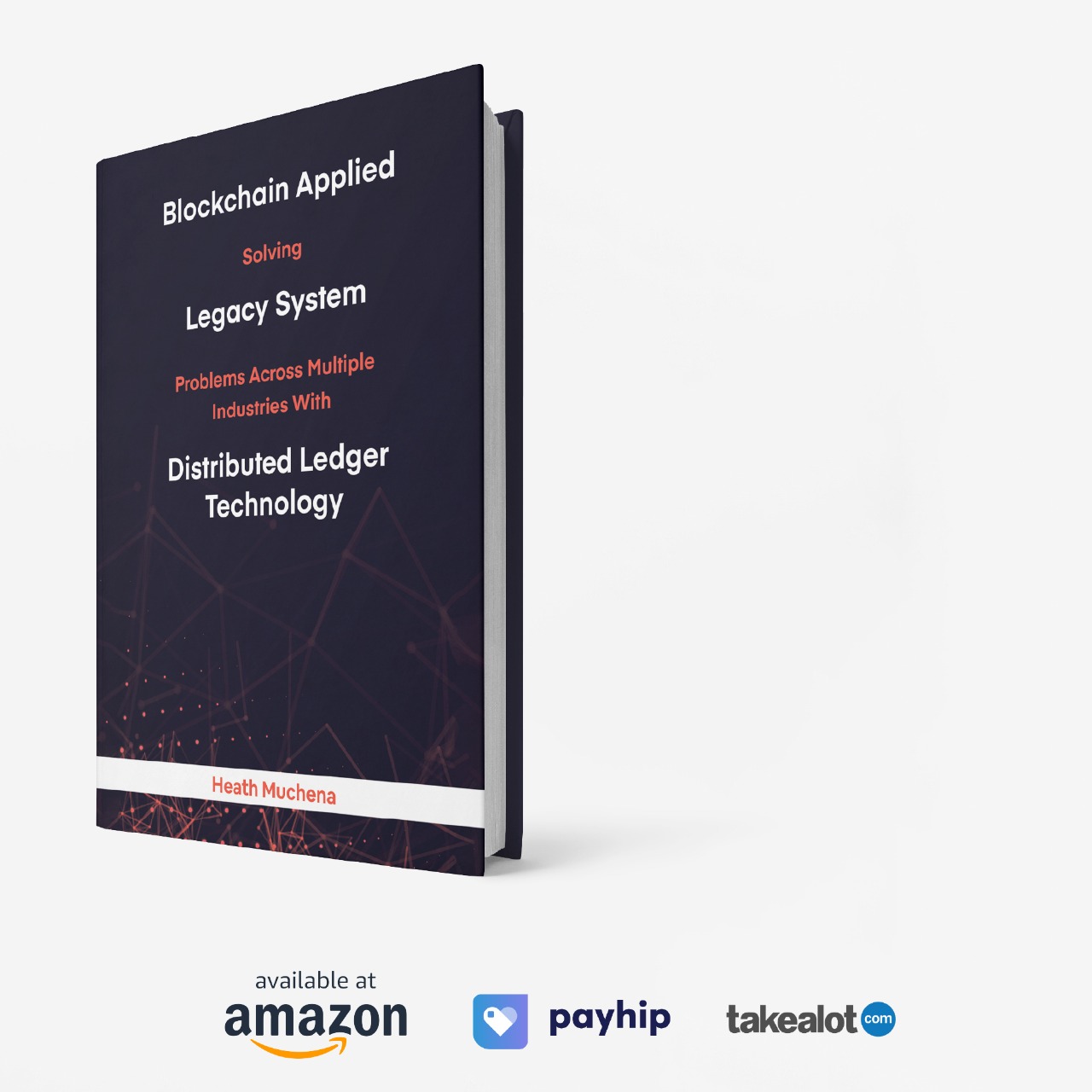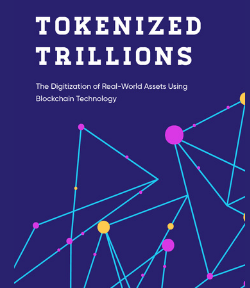
If you only looked at the stock market, you might think the American economy is cruising into the new year without a care in the world. Equities are holding up, consumer spending is still decent, and Wall Street is waiting for the usual year-end rally.
But look a little deeper and the picture becomes murkier. The signals that tell you how the economy is really doing are beginning to fray. Some of them are flashing yellow at the same moment policymakers are flying blind.
Layoffs are rising in places that were steady just months ago
The most unsettling shift is not the number of layoffs but where they are happening. It is no longer just big tech trimming headcount. Layoff announcements are coming from retail, transportation, hospitality, media, homebuilding and parts of professional services.
Restaurants are warning that customers are pulling back. Freight carriers say shipping volumes are falling. Builders are sitting on more unsold inventory and slowing new projects.
This is what a broad-based cooling looks like. It starts slowly, spreads quietly, then shows up everywhere at once. For now, the labor market still looks “fine” in aggregate. But the broadening pattern tells a very different story about the next few months. Historically, unemployment moves in a straight line until the moment it doesn’t.
The Fed is navigating without a map
You would think a data-driven central bank would be the last institution to operate on guesswork. Yet that is exactly what has happened during the extended shutdown of government economic reporting. Payrolls, inflation, retail sales and other key indicators simply did not arrive.
The Fed is left with alternative data, anecdotes from companies, and a labor market that feels weaker than the official narrative. For a committee built around real-time monitoring, this kind of blind spot creates the risk of delayed action.
If the data eventually show that the job market weakened more than expected, the Fed will have to adjust quickly. Markets usually do not enjoy that kind of adjustment.
Credit markets are whispering what equities will not say
When conditions start to turn, credit markets usually notice first. Lately, borrowing costs for riskier companies have ticked higher. Credit insurance tied to major tech firms has inched up as these companies take on more debt to fund massive investments in artificial intelligence.
This is a subtle but important change. For years, the big tech giants barely needed to borrow. Now they are funding data centers, chips, and infrastructure that require heavy spending. If returns on those investments take time to materialize, leverage becomes more of a gamble.
Equities are still celebrating the AI story. Credit is quietly asking what happens if the story gets more expensive.
Tariffs look like a permanent part of the landscape
Another overlooked shift is trade policy. Investors continue to behave as if tariffs are a temporary political quirk. In reality, the modern legal structure gives presidents wide latitude to impose tariffs quickly and keep them in place indefinitely.
Both parties now see tariffs as a tool for managing inflation, employment, and domestic manufacturing. Companies have adjusted supply chains around them. Even if the courts weigh in on old tariff collections, the political incentives point toward keeping the system intact.
Global trade reopened after the pandemic, but it reopened on new terms.
The affordability squeeze is the real driver of voter sentiment
Economists debate soft landings and GDP prints. Voters focus on grocery bills and rent. Prices are not falling in a meaningful way, and wages are not rising fast enough to close the gap. That creates a political environment where leaders reach for visible tools like tariffs, tax rebates, or subsidies.
This mix of economic pressure and political improvisation has a way of spilling into markets. Policy is increasingly shaped by affordability, not ideology.
Meanwhile, Asia is building the next wave of global capital
While the United States argues over shutdowns, Asia is quietly constructing the financial structures that will drive global investment over the next decade. Household retirement systems are expanding. Japan’s shift toward equity investing has already changed flows across the region.
At the same time, Asian financial hubs are moving ahead with tokenized bonds, tokenized cash, and near-instant settlement. These experiments are quickly becoming the new template for market infrastructure.
The bottom line
The economy is not collapsing. But it is not as stable as the surface suggests. Layoffs are spreading. Credit is tightening. The Fed is guessing. Trade is becoming structural. And a new financial architecture is being built outside the United States.
Markets are relying on seasonality to carry them through the winter. The fundamentals tell a more complicated story.
Written by Heath Muchena, author of Tokenized Trillions & Blockchain Applied.
Check out the best crypto exchanges, wallets and trading tools.






